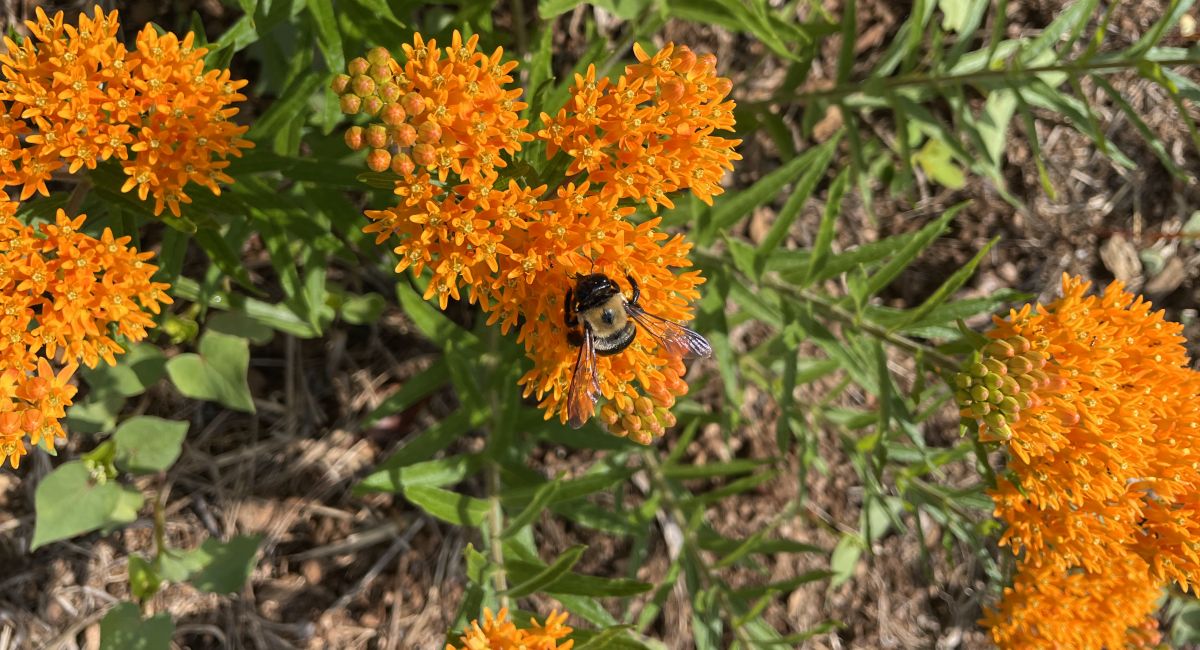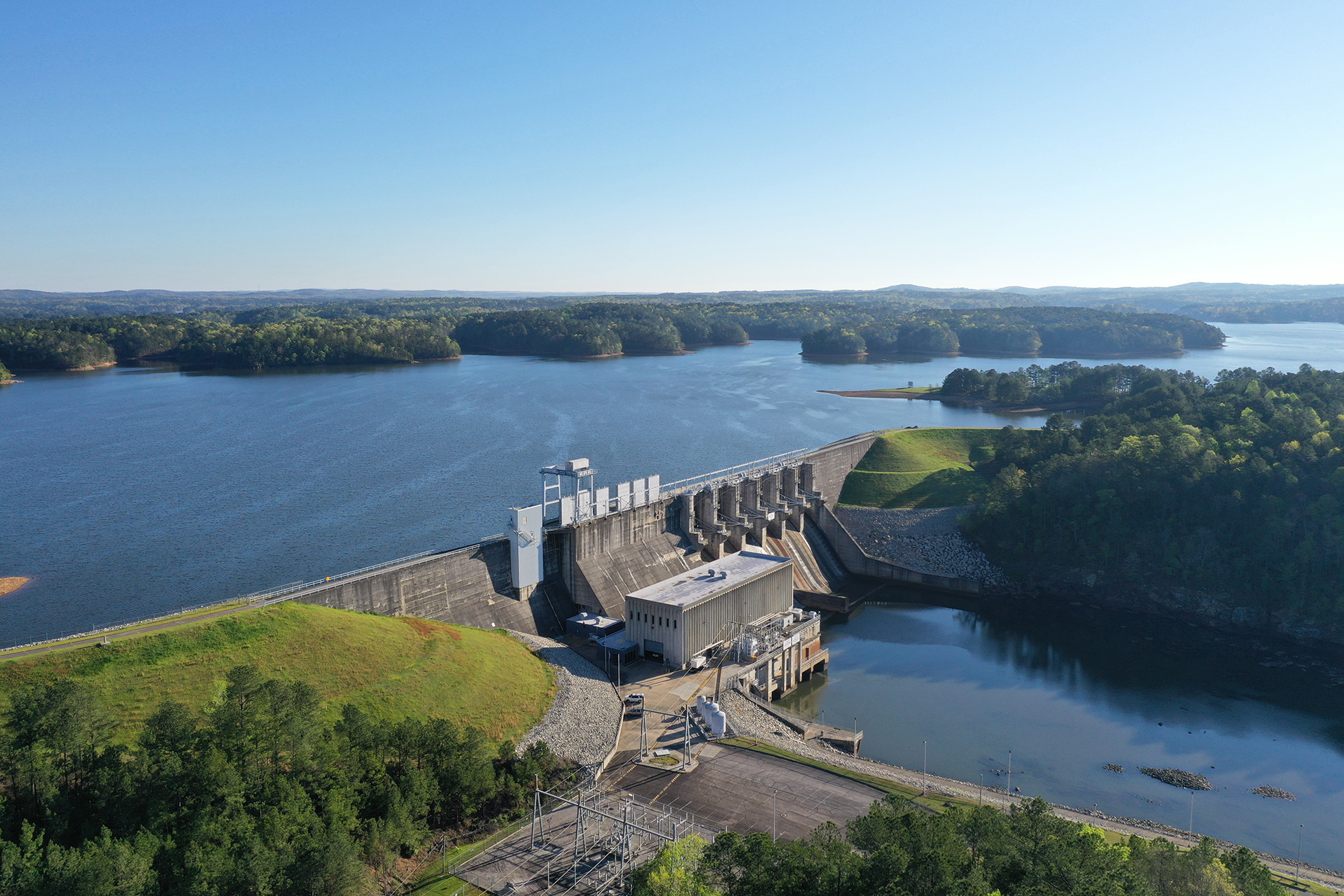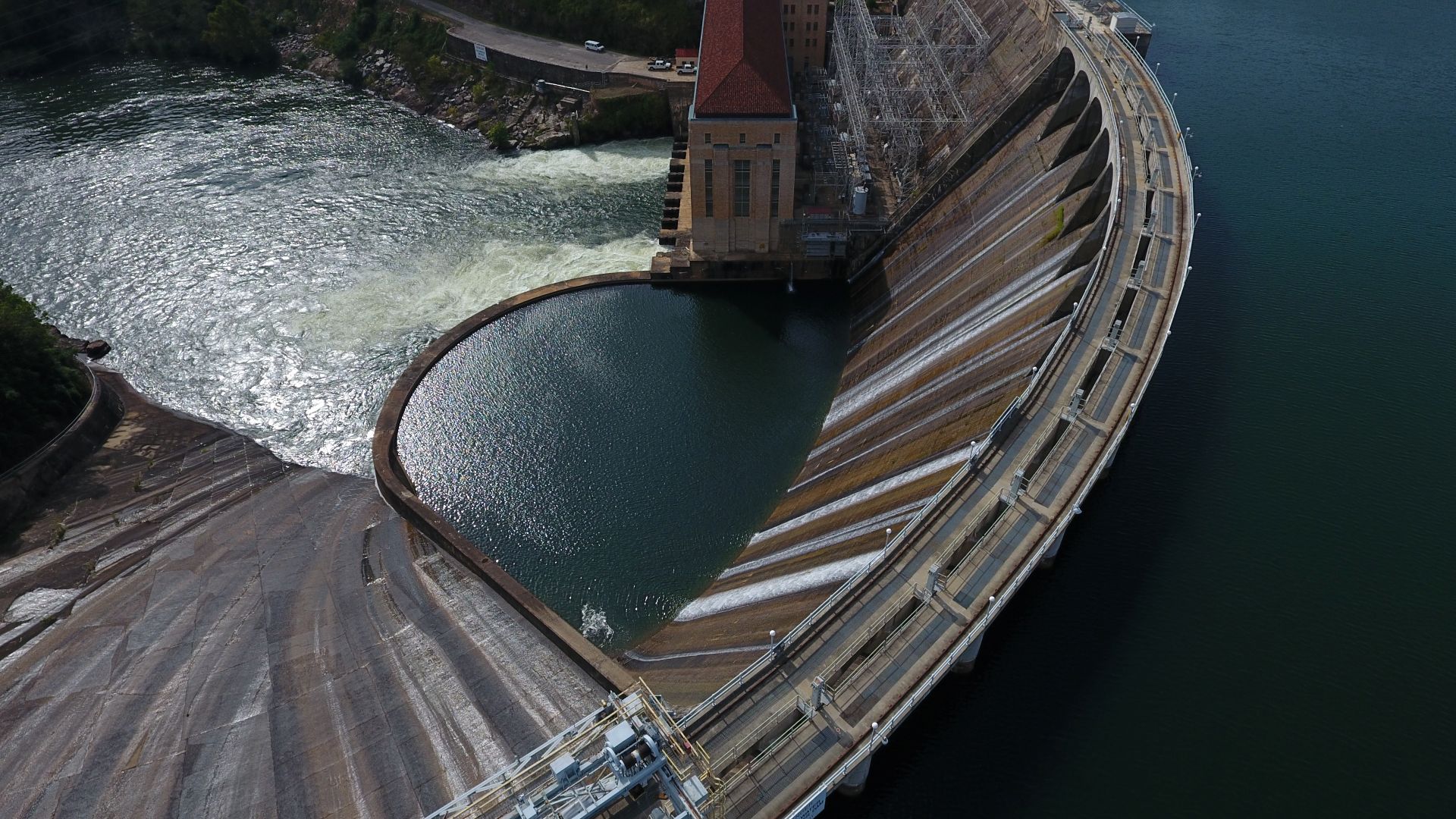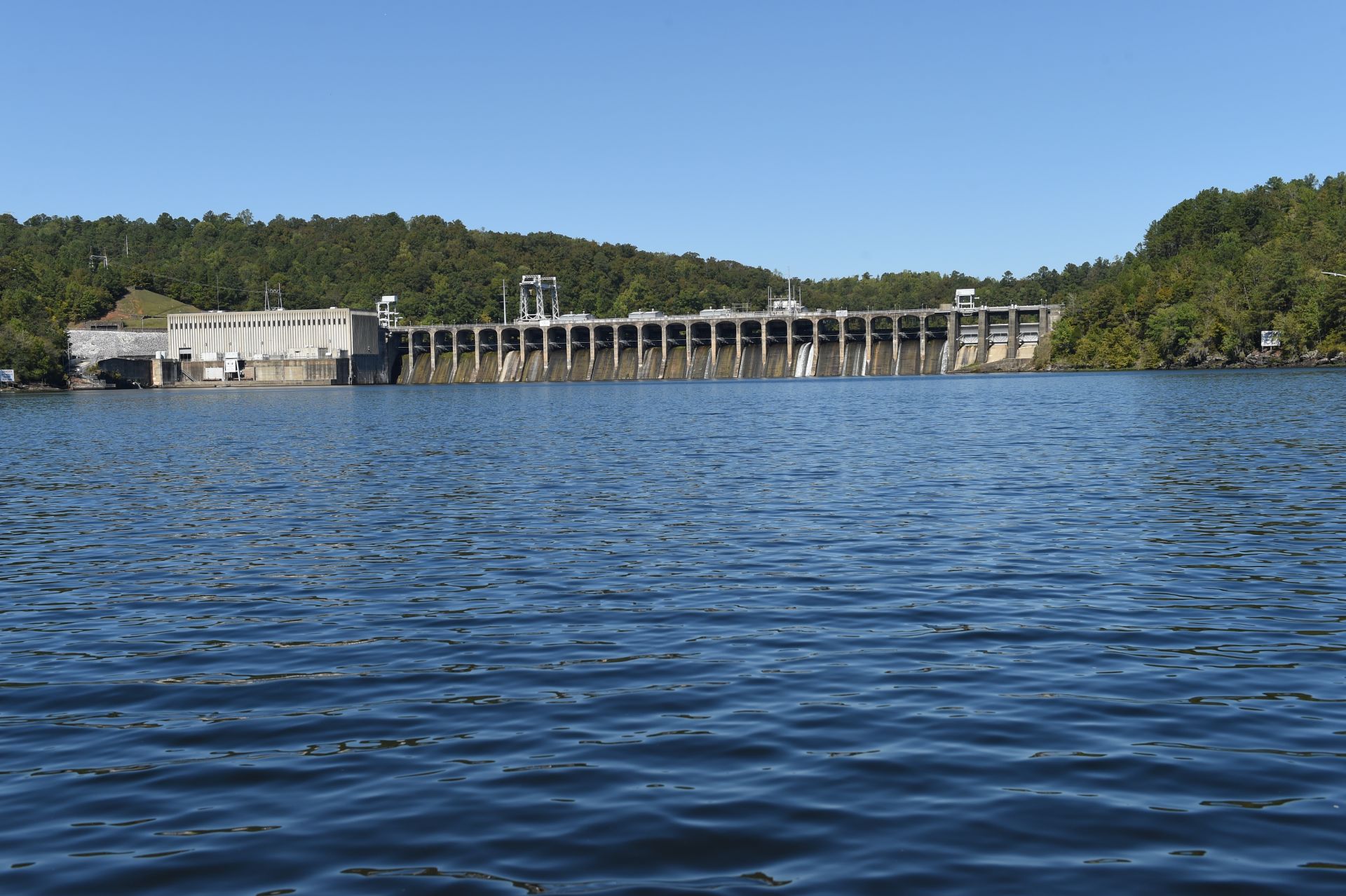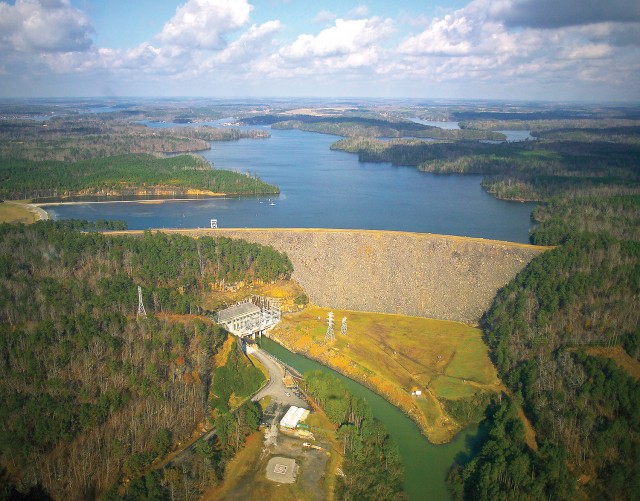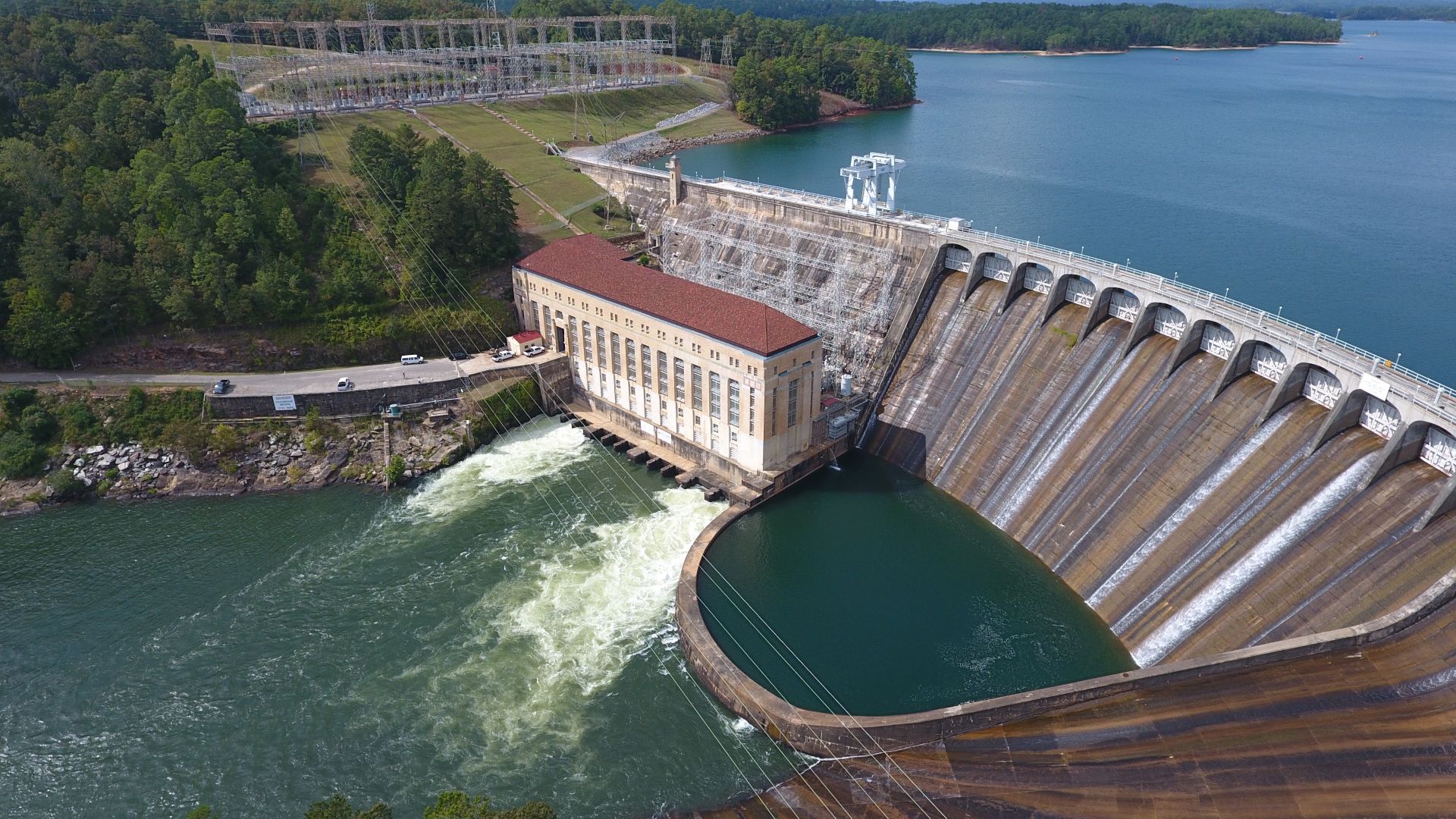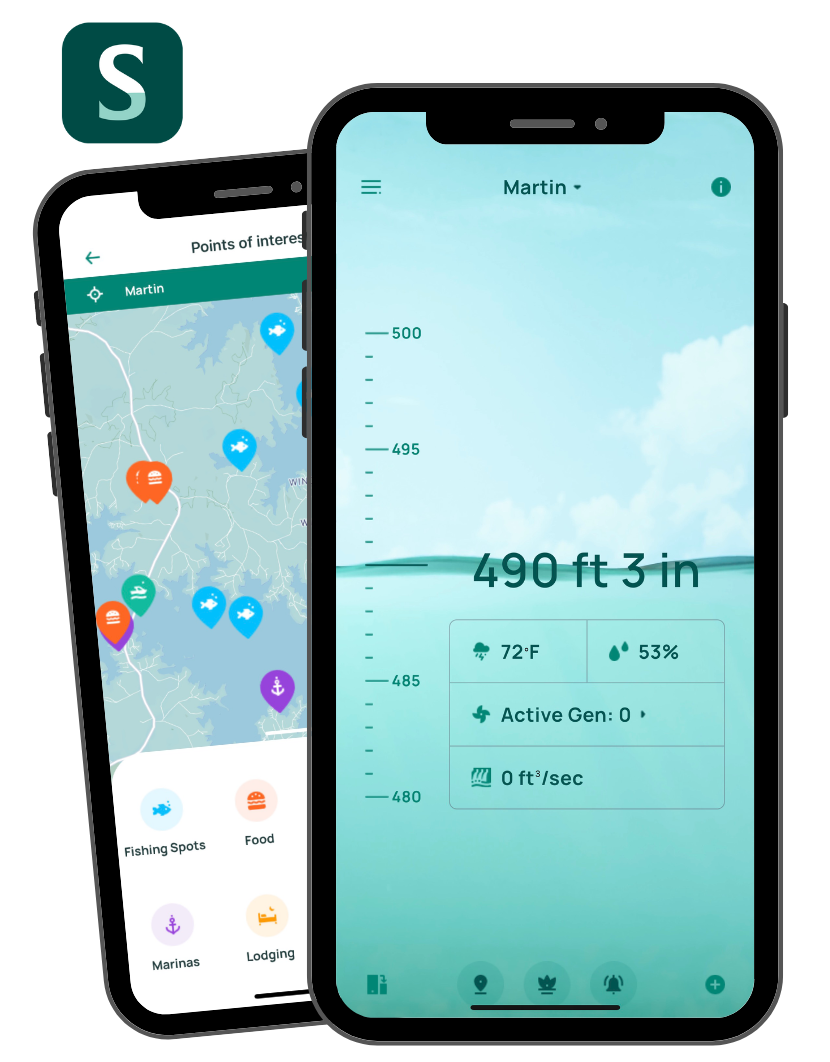National Honey Bee Day is Saturday, Aug. 17: Enjoy some lovely wildflowers during a day out at The Preserves on an Alabama Power lake.
In celebration of National Honey Bee Day and the years to come, Alabama Power is revamping plots that help feed pollinators, such as bees, birds, butterflies and other animals.
With these efforts, five recreation sites at The Preserves on Alabama Power lakes will burst with blooms of many colors in spring 2025. About five years ago, the company developed the pollinator plots to promote pollinator awareness as pollinator populations have shown a general decline.
The work began around 2019 through a partnership between Alabama Power’s Shorelines Recreation group and the Alabama Cooperative Extension Service. The extension service helped devise a method of developing pollinator plots used at The Preserves, and made a perennial seed blend whose plants come back yearly.
“When we developed these areas originally, we understood we’d have to re-do the process in five years,” said Garret Parker, team leader for Shoreline Recreation at Alabama Power Corporate Headquarters. “We’re in the middle of that redevelopment process right now.”
“The wildflowers come back every year, but over time, you get a lot of invasive weeds and grasses, and sometimes even trees,” Parker said. “They slowly start to get into the plots and out-compete the native wildflowers. So that’s what we’ve been doing – removing the invasive plants and starting back fresh with the native wildflowers blooming next spring and summer 2025 – looking as they did originally five years ago.”
It takes much more than spring showers to bring beautiful flowers.
Every five years, Alabama Power employs a two-step process that takes about three months. In mid-spring, a company team removes invasive plants and species. In late spring, after treating the plot, they till the soil and plant buckwheat, a common cover crop preferable to pollinators. When that planting grows up by late summer, it’s time for the team to remove the buckwheat. One more time, they plant buckwheat and let it grow, then till out the plants. That allows them to start with a blank seed bed.
The final step – in late fall – comes when employees plant a wildflower mix from Roundstone Native Seed Co. in Kentucky. Soil samples from each plot are analyzed by Auburn University’s Soil, Forage and Water Testing Laboratory. The sample results are sent to Roundstone to develop a pollinator seed mix tailored to each site. Parker noted the seed is native to Alabama.
This project beautifies The Preserves, the company’s 74 public recreational sites along its 3,500 miles of shoreline. Alabama Power maintains eight pollinator plots: two at Little Fox Creek Preserve at Harris Lake; two at Double Cove Park at Logan Martin Lake; one at Beeswax Park at Lay Lake; one at Slackland Beach on Weiss Lake; and two plots at Jordan’s Journey on Jordan Lake.
The pollinator plots complement the company’s other enhancements to recreational sites on its lakes, such as fishing piers, boat ramps, gazebos, picnic areas, playgrounds, hiking trails and other improvements.
Thanks to Alabama Power, spring and summer 2025 will greet Preserve-goers with a fresh blanket of colorful, fragrant wildflowers: bergamot, black-eyed Susan, blue false indigo, butterfly milkweed, Indian blanket, iron weed, partridge pea, Plains coreopsis, purple cornflower, spiked blazing star and other varieties. After the plants re-seed for five years, Shoreline Recreation employees will again re-do the plots.
The vibrant hues attract lots of bees, birds and people, creating the perfect backdrop for relaxation or exercise. Families can capture time together at The Preserves. Visitors find informational signs about the plants and pollinators.
Vibrant pollinator plots in the making
The pollinator plots range in size from one-fourth acre to about three-quarter acre sites.
Parker noted that many people don’t understand the important role bees play in pollinating the world’s crop plants.
“Pollinators are a very important part of the environment – they play a critical role in the ecosystem,” he pointed out. “It also takes areas we may need to maintain through either grass cutting or bush hogging and turns them into something that is ultimately better suited for the environment.
“It gives pollinators an area to thrive and forage in,” said Parker, who has worked at Alabama Power for more than 10 years. “Through the informative signage at each pollinator plot, it also gets this information out to the residents and visitors who use these Preserves.”

